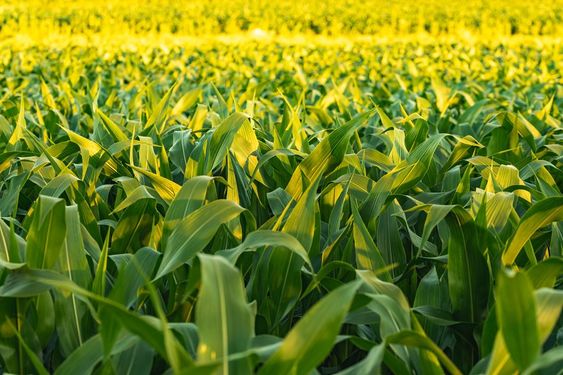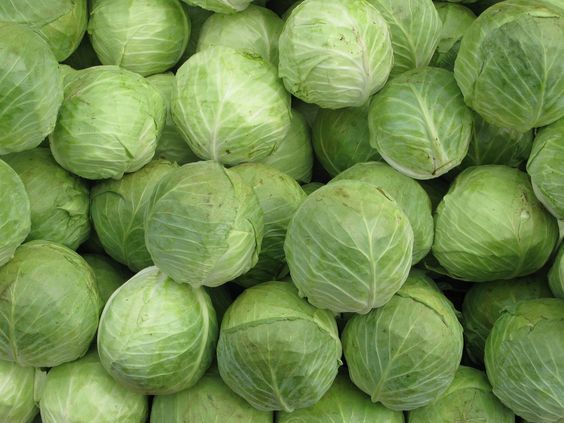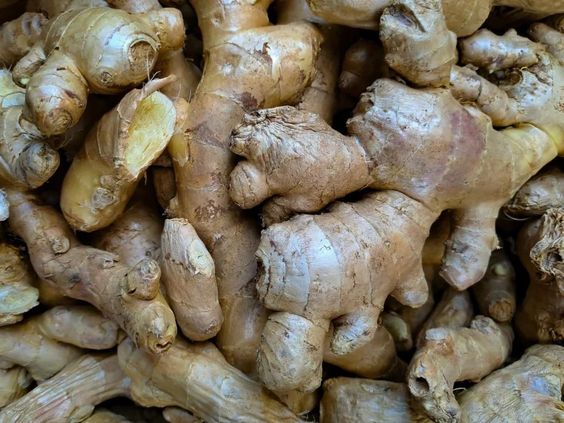How Smart Agriculture is Transforming the Sweet Potato Market:Harnessing Technology for Tuber Triumph
Sweet Potato Market, a nutritional powerhouse boasting vibrant colors and versatility in the kitchen, is a staple crop across the globe. But the journey from farm to table is undergoing a transformation fueled by smart agriculture technologies. This article delves into the intersection of sweet potato cultivation and smart agriculture, exploring how innovation is optimizing yields, enhancing quality, and empowering farmers in the sweet potato market.
Contents
- 1 Traditional Challenges in the Sweet Potato Market
- 2 How Smart Agriculture is Transforming the Sweet Potato Market
- 3 The Impact of Smart Agriculture on Sweet Potato Cultivation
- 4 Case Studies: Real-World Examples of Smart Agriculture in Sweet Potato Farming
- 5 Conclusion: A Promising Future for the Sweet Potato Market
Traditional Challenges in the Sweet Potato Market
Sweet potato cultivation faces several challenges that hinder its full potential. These include:
- Climate Vulnerability: Sweet potatoes are susceptible to drought, flooding, and extreme temperatures. Climate change intensifies these threats, impacting yield and quality.
- Soil Degradation: Overuse of land and unsustainable practices can lead to soil erosion and nutrient depletion, reducing crop health and productivity.
- Pest and Disease Management: Sweet potato crops are susceptible to various pests and diseases, causing significant losses for farmers. Traditional methods of pest control can be expensive and environmentally harmful.
- Limited Market Access: Small-scale farmers often struggle to connect with larger markets, limiting their income potential.
- Lack of Data-Driven Practices: Farmers often rely on traditional knowledge passed down through generations, which may not be optimal for current conditions.
These challenges collectively contribute to inefficiencies in the sweet potato market, impacting both farmers’ livelihoods and consumer access to this nutritious crop.
How Smart Agriculture is Transforming the Sweet Potato Market
Smart agriculture, a fusion of technology and agricultural practices, offers a beacon of hope for addressing these challenges and revolutionizing the sweet potato market. Here’s how:
- Precision Irrigation: Sensor-based systems monitor soil moisture levels, enabling targeted irrigation that optimizes water usage and reduces vulnerability to drought.
- Soil Monitoring: Smart sensors track soil health parameters like nutrient levels and pH, allowing farmers to make informed decisions about fertilization and soil amendments, promoting sustainable practices.
- Disease and Pest Control: Advanced technologies like drones equipped with imaging systems can detect pests and diseases early, allowing for targeted application of biocontrols or minimal-impact pesticides, minimizing crop losses.
- Improved Market Access: Online platforms connect farmers with buyers directly, eliminating middlemen and increasing profit margins for farmers. Additionally, real-time data on market demands allows farmers to plan their crops strategically.
- Data-Driven Decision Making: Smart agriculture platforms collect and analyze field data on weather, soil conditions, and crop health. This empowers farmers to make data-driven decisions regarding planting schedules, fertilizer application, and pest control, optimizing yield and quality.
The Impact of Smart Agriculture on Sweet Potato Cultivation
The adoption of smart agriculture technologies in the sweet potato market promises a multitude of benefits:
- Increased Yields: By optimizing water usage, soil health, and pest management, smart agriculture can significantly boost sweet potato yields, leading to greater food security and economic opportunities for farmers.
- Enhanced Quality: Precise monitoring and targeted interventions throughout the growth cycle can lead to superior quality sweet potatoes, fetching premium prices in the market.
- Reduced Environmental Impact: Sustainable practices promoted by smart agriculture minimize water waste, promote soil health, and reduce reliance on chemical pesticides, contributing to a more environmentally friendly agricultural sector.
- Empowered Farmers: Access to data and real-time insights empowers farmers to make informed decisions, improving their bargaining power and overall efficiency.
Case Studies: Real-World Examples of Smart Agriculture in Sweet Potato Farming
Several initiatives worldwide demonstrate the transformative power of smart agriculture in the sweet potato market:
- International Potato Center (CIP): The CIP is piloting a project in East Africa using sensors and mobile apps to monitor soil moisture and provide farmers with real-time irrigation recommendations. This has led to significant water savings and increased yields.
- Sweet Potato Knowledge Support System (SPKSS): Developed by the International Institute of Tropical Agriculture (IITA), SPKSS is a mobile app that provides farmers with access to information on best practices, pest identification, and market prices for sweet potatoes.
These examples showcase the tangible benefits of smart agriculture in empowering farmers, optimizing resource use, and ensuring the sustainability of the sweet potato market.
Conclusion: A Promising Future for the Sweet Potato Market
The convergence of smart agriculture and sweet potato cultivation presents a promising future for all stakeholders involved. By embracing innovation, farmers can enhance yields, improve quality, and navigate the market more effectively. Consumers will benefit from increased availability of high-quality sweet potatoes, while the environment reaps the rewards of sustainable practices. As technology continues to evolve, smart agriculture has the potential to unlock the full potential of the sweet potato market, ensuring food security, economic prosperity, and environmental well-being for all.




